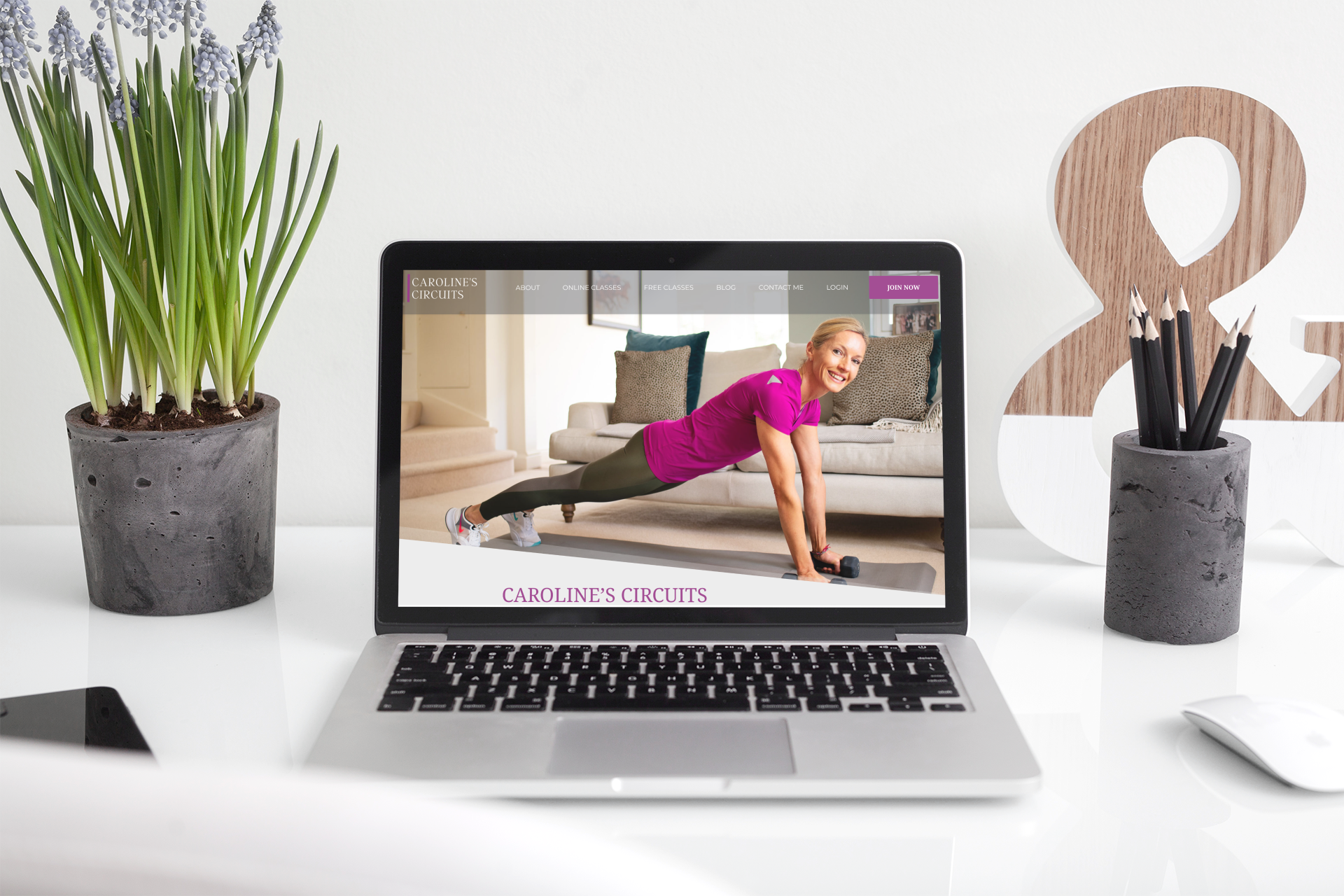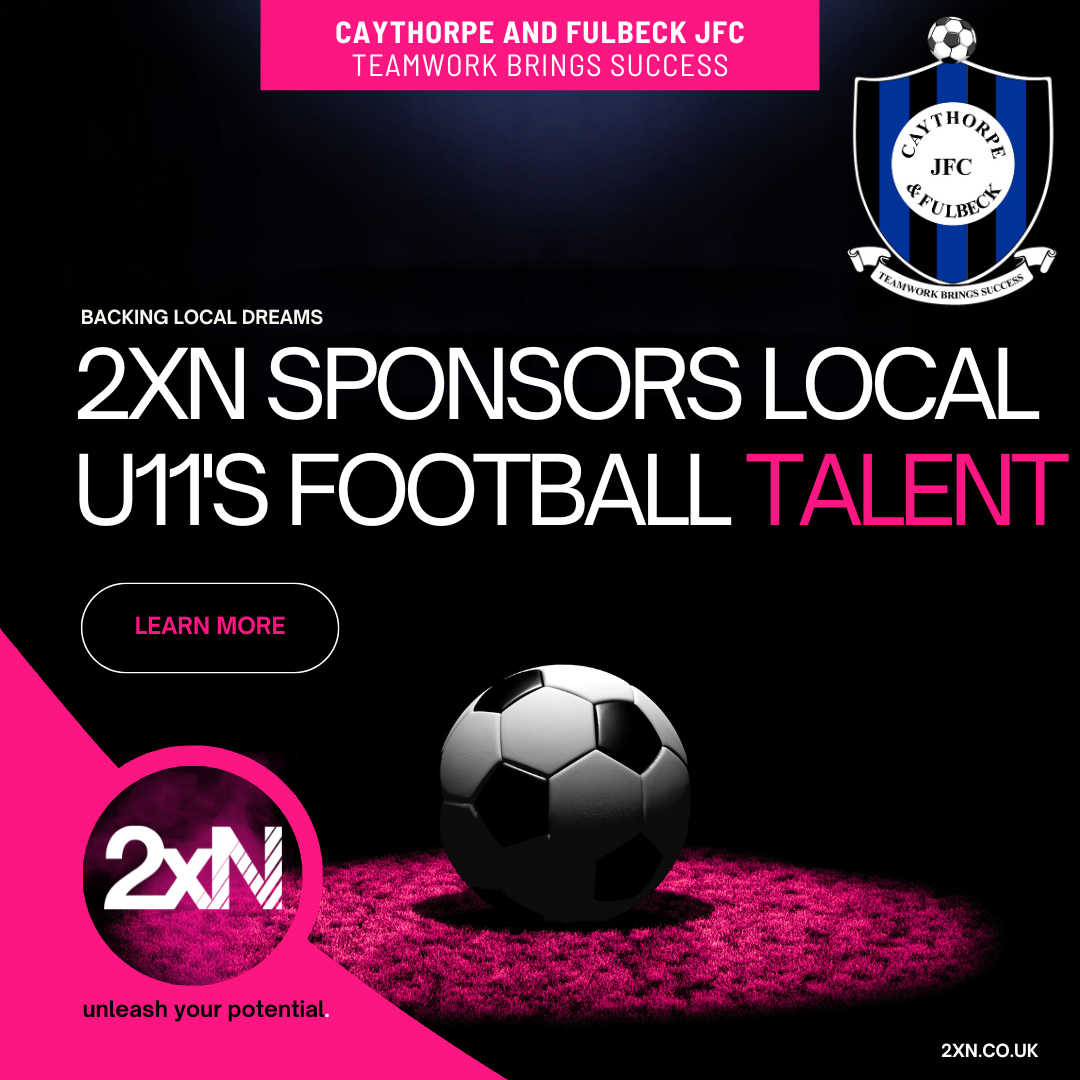Described as one of the most important aspects of a brand, good website design could be the one thing that separates you from the competition.
“Website visitors allow 15-20 seconds to find what they are looking for”
Nowadays we rely on the internet to search for products, services or simply to gather information. The fact is that we form opinions rapidly – research has found that most website visitors allow 15-20 seconds to find what they are looking for. If they fail to find it they bounce off your page and land on a competitor’s. Based on this, it is imperative that your website impresses the visitor, draws their attention and is easily navigated. Do this well and you may gain a lifelong customer. So, what is good website design and how do you achieve it?
A quality website design is clean, well-organised, easy to navigate, concise, functional, branded and most crucially motivates the visitor to do business with you. Here are 7 tips to achieve good web design:
- Space - Space dictates everything. It draws the viewer’s attention to where you want it to go. Take a look at Caroline's Circuits website below, you can’t help but to focus on the text and pictures, there are no distractions drawing your focus away. Having space between text and pictures provides visual breathing room. This doesn’t have to be white space, it could be another colour or texture that provides blank space on the page.
- Positioning and alignment - Ensure a good flow of text and images, taking the visitor on a journey through your website. Like any journey you want this to smooth, ensure consistency in spacing between elements, making it easy on the eye.
- Typography - The art and technique of arranging type. The text on your website says a lot about your brand, both in the message you are putting across and how this is written. Typography comprises of the font style, size, colour, spacing, line length and paragraph style.
- Colour - The colour scheme of a website may have more impact than you think. It is essential the colour scheme matches the brand so that visitors recognise and trust the website. Colours are also useful to draw user’s attention to any call-to-actions, typically in a bolder colour compared to the rest of the colour scheme. Subtle colours are generally used for background or secondary pieces of information.
- Easy Navigation - Make it easy for the user to find what they are looking for. Poor usability means the user is unlikely to stick around. Have the menu in a clear position, where the user would expect it to be.
- Effective call to action - Give the user a way to access the benefits you are offering, either by getting in touch with you or giving them the opportunity to find out more information. A simple click of a button in a prominent position can turn potential customers in to new customers.
- Usability - A quality website looks good on all browsers, whether it be a mobile, tablet or desktop. The website must be adaptable so the design fits the screen of the user’s device. With more tablet and mobile users than ever before this is an essential part of website design.

Good website design should ensure that users have an easy and enjoyable experience. Research shows that of all the reasons for rejecting or mistrusting a website 94% were design related and 6% were content related. As the first point of contact with a consumer may be through your website, make it a good one!
Would you like help with your website design? Get in touch - we would love to hear from you.





